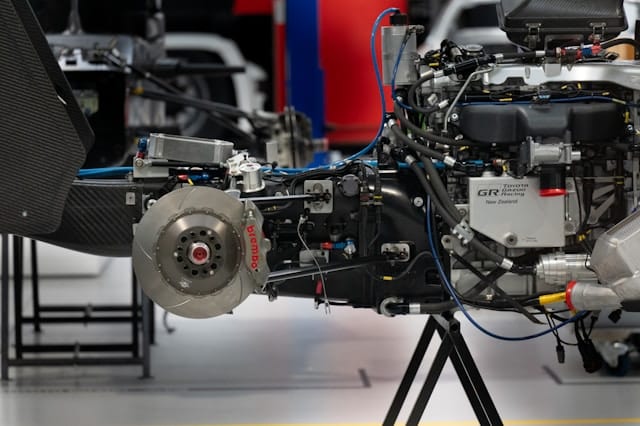Understanding the Role of Chassis Alignment in Collision Repair
 In the aftermath of a vehicle collision, ensuring structural integrity and proper alignment of the chassis is crucial. The chassis serves as the backbone of a vehicle, supporting the body and all mechanical components. Misalignment can lead to significant safety hazards, poor vehicle performance, and increased wear on various parts. This article will explore the importance of chassis alignment in collision repair, detailing how it affects a vehicle’s operation and the steps involved in correct alignment.
In the aftermath of a vehicle collision, ensuring structural integrity and proper alignment of the chassis is crucial. The chassis serves as the backbone of a vehicle, supporting the body and all mechanical components. Misalignment can lead to significant safety hazards, poor vehicle performance, and increased wear on various parts. This article will explore the importance of chassis alignment in collision repair, detailing how it affects a vehicle’s operation and the steps involved in correct alignment.
Importance of Chassis Alignment
Safety and Vehicle Performance
A properly aligned chassis ensures that the vehicle can be driven safely and performs as expected. Misalignment can compromise the vehicle’s handling, making it unpredictable or difficult to control, especially at high speeds or in emergency maneuvers. Furthermore, alignment issues can stress the vehicle’s suspension and steering components, leading to premature wear and potential failure.
Impact on Other Components
Chassis misalignment can also negatively impact other critical areas of the vehicle, such as the alignment of wheels and the overall aerodynamics. This can reduce fuel efficiency, increase tire wear, and put additional strain on the engine and transmission. Ensuring the chassis is correctly aligned helps maintain the vehicle’s longevity and operational costs.
Detecting Chassis Misalignment
Visual Inspection and Measurement
The first step in detecting chassis misalignment is through a thorough visual inspection and precise measurement using specialized equipment. Technicians look for signs of frame damage and use tools like laser measuring systems to assess the extent of misalignment against the manufacturer’s original specifications.
Symptoms While Driving
Often, drivers can feel when something is off with their vehicle. Symptoms of a misaligned chassis include uneven steering, odd noises from the chassis during driving, or a noticeable pull to one side. These signs should prompt a vehicle inspection.
The Alignment Process
Use of Advanced Technology
Modern collision repair shops use advanced technology to ensure precise chassis alignment. Computerized alignment machines can measure parameters like camber, caster, and toe angles with high accuracy. These machines are crucial in restoring the vehicle to its original condition.
Skilled Technicians
Because chassis alignment is a complex and critical component of collision repair, it should only be performed by experienced and skilled technicians. They understand the intricacies of different vehicle structures and can adjust the alignment to meet exact specifications.
Post-Repair Alignment Check
Verification and Adjustment
After the initial alignment, a good repair shop will perform a comprehensive check to verify that all aspects of the chassis align perfectly with factory specifications. If discrepancies are found, further adjustments may be necessary.
Road Testing
Finally, a road test by a skilled technician can confirm that the vehicle handles correctly and that the alignment meets driving standards. This step is essential to ensure the safety and functionality of the vehicle post-repair.
Conclusion
Chassis alignment is a fundamental aspect of collision repair that impacts vehicle safety, performance, and longevity. Understanding its role and ensuring that your vehicle is properly aligned after any collision is vital. By relying on skilled technicians and advanced alignment technology, you can ensure that your vehicle returns to a state of optimal functionality and safety, maintaining its value and integrity. Always prioritize professional expertise in chassis alignment to protect your investment and ensure your safety on the road.
